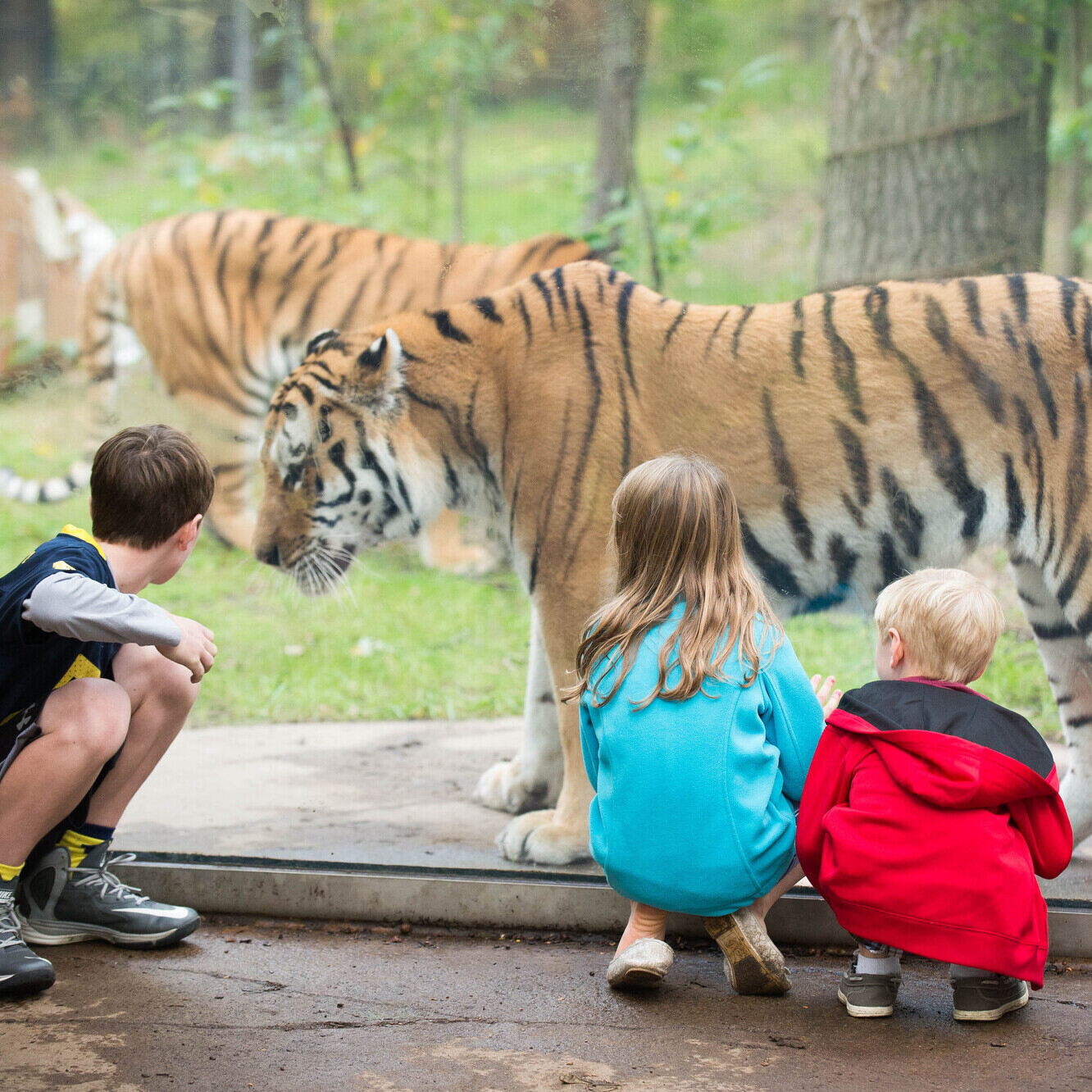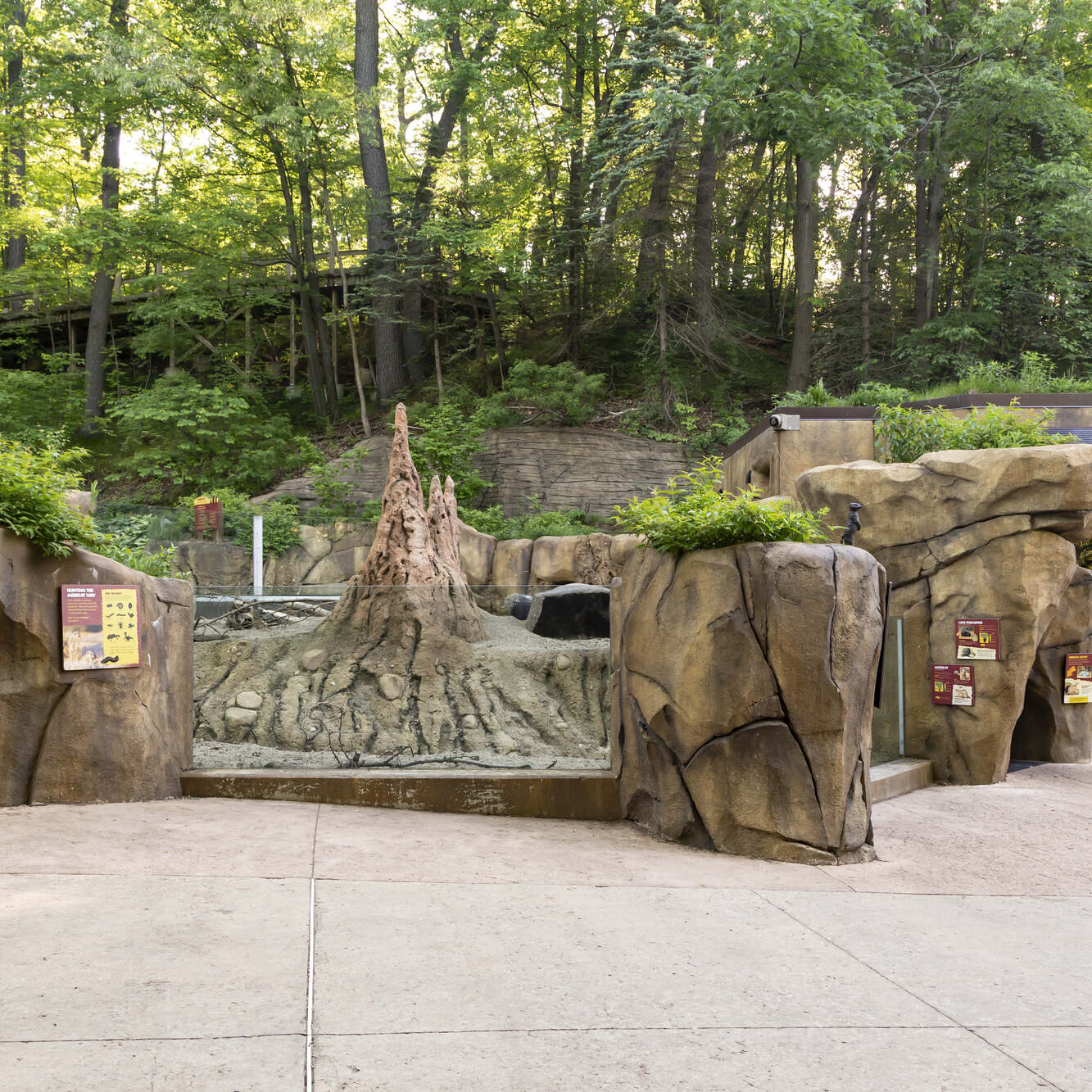EDUCATION
Learning Resources

EDUCATION
Learn As You Go! Make Your Next Visit Educational With Observation Activities
These resources have been created for you to use while visiting John Ball Zoo. By engaging your students and/or children during their exploration of the zoo we hope they will learn more about the animals they encounter. Â

FIELD TRIPS
Field Trip Activities - Tours and Scavenger Hunts
Enhance your next field trip with an interactive educational experience! Our tours and scavenger hunts will allow your students to explore the zoo attentively, stopping at various animals to answer questions or have chaperones provide details about each animal. Select an activity below, and download the instructions along with the corresponding data sheets where your students can record their observations.

JBZoo Exhibit Animal List
Curious about which animals are doing to be at John Ball Zoo during your visit? Here's a list! Every day there are opportunities to watch animal feedings, training sessions, and more. There are times when certain animals will be off display or an exhibit may be closed. Please contact our admissions team with questions about the availability of a specific animal at the beginning of your visit.
FIELD TRIPS
Animal Observation Field Trip Activities
These tools mimic the ethograms, or behavior studies, that biologists use to study animals both in the wild and in zoos. Assign students to specific animals and compare data back in the classroom or have groups of students observe the same animal at different times throughout the day. It’s a great way to incorporate math into your trip to the zoo!Â

VIRTUAL HABITAT TOURS
Explore Animal Habitats From Anywhere!
Explore John Ball Zoo animal habitats from anywhere! Students are able to direct where they go and learn more with information tabs and embedded videos that include training sessions and enrichment delivery along with conservation information. Utilize the animal observation activities above, download the journal prompts below the habitat links, or create your own journal prompts for students. Tours were created with Virtual Tour Guys.

ENGINEERING
Exhibit Design Activities
These observation and evaluation tools are a great addition to the Exhibit Design class we offer. Your students will evaluate a habitat and conduct a usage study. Take their findings back to your classroom to digest the data, then use it to re-create a new habitat!
